The Who Sell Out
Buy The Who Sell Out After establishing themselves as a successful singles band in the mid 1960s, The Who made a concerted effort to concentrate on making cohesive albums. This all commenced with […]
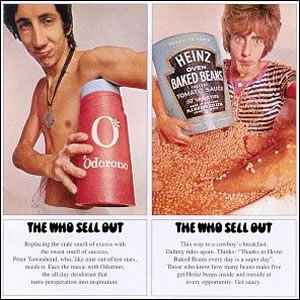
Buy The Who Sell Out After establishing themselves as a successful singles band in the mid 1960s, The Who made a concerted effort to concentrate on making cohesive albums. This all commenced with […]
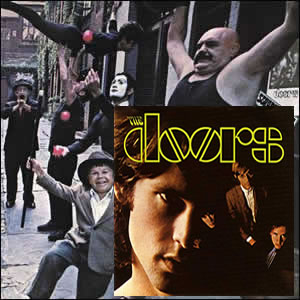
Buy The Doors Buy Strange Days I have been a fan of The Doors music since I was about 12 or 13 and have constantly gone back and forth over which is their […]
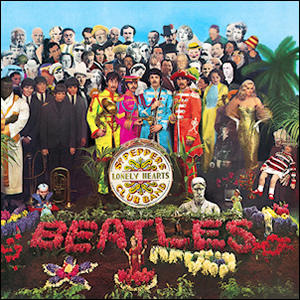
Buy Sgt. Pepper’s Lonely Hearts Club Band Buy Magical Mystery Tour There has never been (nor probably will ever be) a year in which a single band produced so much quality material as […]
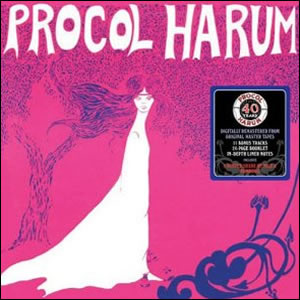
Buy Procol Harum Procol Harum released their fantastic eponymous debut at the end of the summer of 1967 but most listeners have not had an opportunity to hear it as it was created. […]
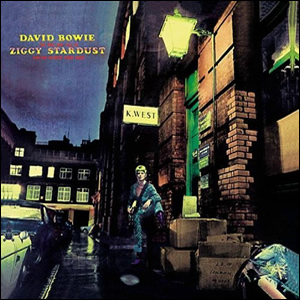
Buy The Rise and Fall of Ziggy Stardust and the Spiders From Mars Through a very long and distinguished career, David Bowie’s absolute classic is the 1972 album The Rise and Fall of […]
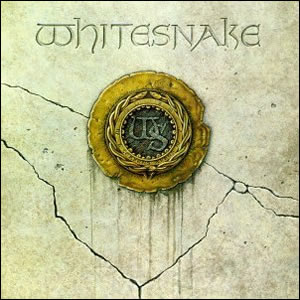
Buy Whitesnake Whitesnake‘s eponymous 1987 album bears the dual distinction of being the moment where a rock band finally reaches its full commercial promise and assures its own rapid demise. Both of these achievements […]
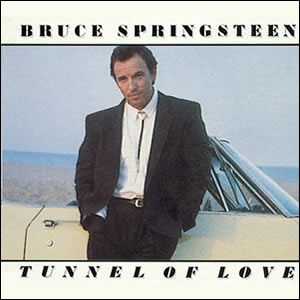
Following the multi-year, top of the pop world success of the studio album Born In the USA and the live compilation Live / 1975-85, Bruce Springsteen surprised a lot of listeners with the […]
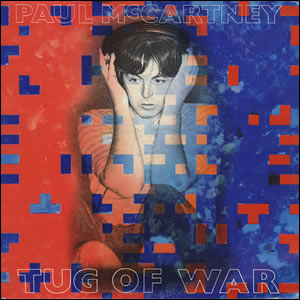
Buy Tug of War The naive belief that one could end war by political correctness at a time when no major wars were occurring in the Western world may be the best way […]
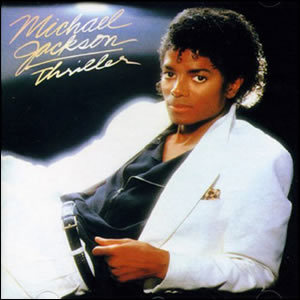
Thriller is the sixth studio album by Michael Jackson and the best selling album of all time. Seven of the nine songs on the album were released as singles and each one of […]
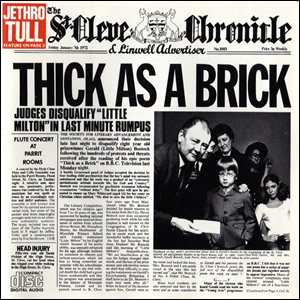
Buy Thick As a Brick Thick as a Brick may be the album that brought progressive rock to its ultimate end, being one long song that covered both sides of this fifth studio […]